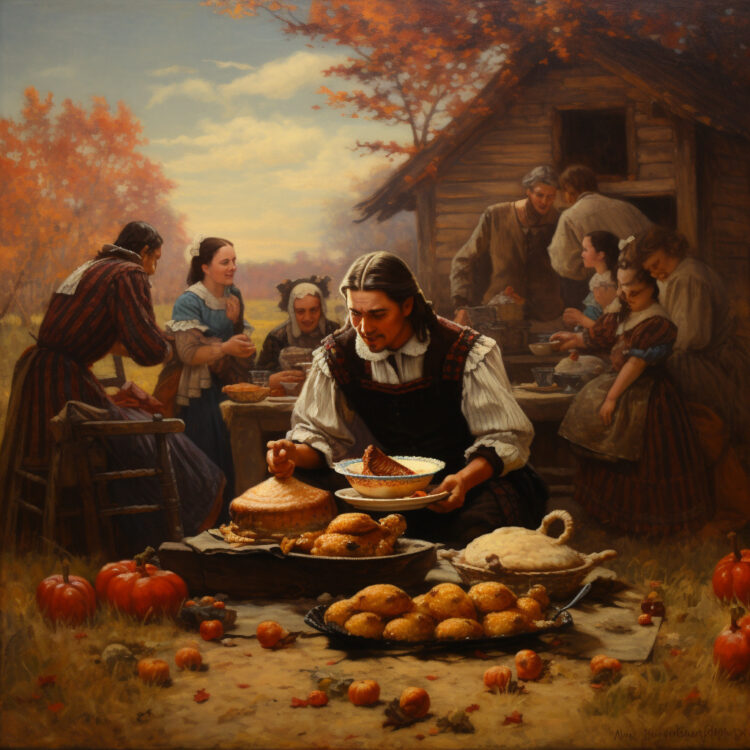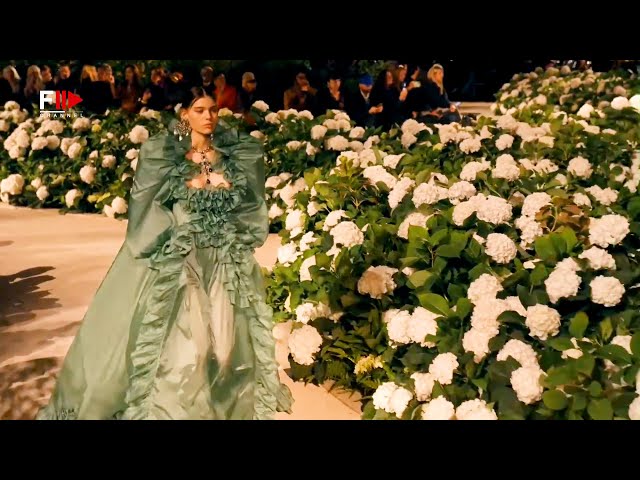Thanksgiving is a time-honored tradition in the United States, celebrated with a feast that includes a variety of culinary classics. From roast turkey to pumpkin pie, these dishes have become synonymous with Thanksgiving dinner. But have you ever wondered how these culinary traditions evolved throughout history? In this article, we will take a trip through time to explore the origins and evolution of Thanksgiving’s culinary classics.
Native American Influence
Long before the Pilgrims arrived in Plymouth, Native American tribes had their own harvest celebrations and traditional foods. Many of these foods became integral parts of the first Thanksgiving feast. Corn, for example, was a staple food for tribes like the Wampanoag, and it played a significant role in the Pilgrims’ survival.
When the Pilgrims arrived in the New World, they were unfamiliar with local crops and relied on the knowledge and assistance of the Wampanoag tribe to learn how to grow and prepare them. Thus, dishes like succotash, a combination of corn and beans, made their way onto the Thanksgiving table.
The Influence of English Settlers
While the Native Americans contributed many ingredients and cooking techniques, the traditions brought by English settlers also had a profound impact on the Thanksgiving feast. One of the most iconic dishes, roast turkey, can be traced back to medieval England.
In England, roast goose was the preferred choice for festive occasions like Christmas. However, when the settlers arrived in the New World, they found an abundance of wild turkeys. These birds soon became a popular choice for celebratory feasts, including the first Thanksgiving.
The Rise of the Modern Thanksgiving Feast
As Thanksgiving became an official holiday in the 19th century, its culinary traditions continued to evolve. Traditional dishes like roast turkey and pumpkin pie remained staples, but new recipes and flavors were introduced.
Cranberries, for example, became a popular accompaniment to roast turkey, thanks to their tart flavor and vibrant red color. Green bean casserole, a dish made with canned cream of mushroom soup and topped with crispy fried onions, also gained popularity in the mid-20th century.
The Contemporary Thanksgiving Feast
Today, the Thanksgiving feast remains a true celebration of American culinary traditions. While the classic dishes still hold a special place at the table, modern variations and new recipes continue to emerge.
Some families, for instance, have started incorporating ethnic dishes to reflect their heritage. Mexican-inspired turkey with mole sauce or Asian-inspired sweet and sour cranberry sauce are just a couple of examples of how Thanksgiving dinner has diversified.
Thanksgiving’s culinary classics have come a long way since the first feast shared by the Pilgrims and Wampanoag. From Native American staples to English traditions, these dishes have evolved and adapted throughout history. Today, the Thanksgiving feast is a true representation of the melting pot that is American cuisine, with new flavors and ideas constantly being added to the table. So as you sit down to enjoy your Thanksgiving meal, take a moment to appreciate the rich history and delicious evolution of the culinary classics on your plate.


















